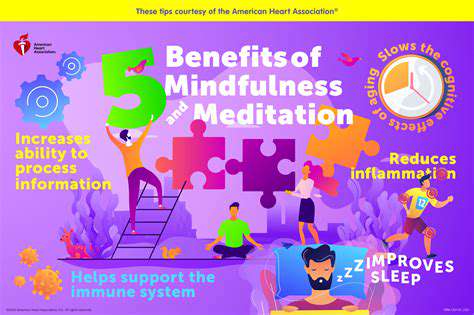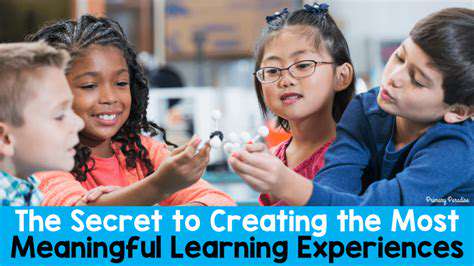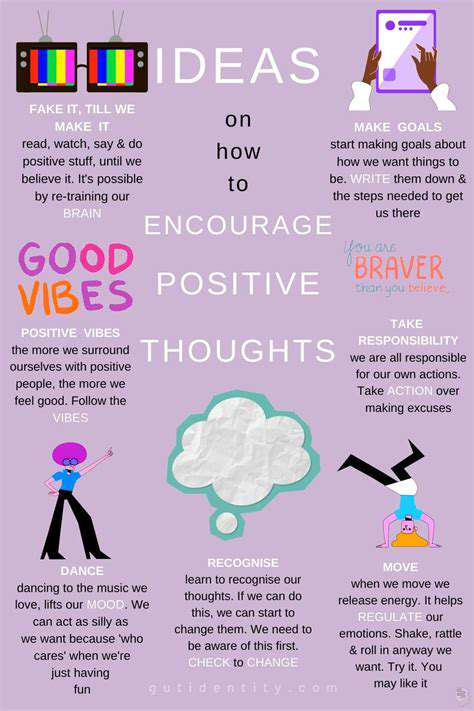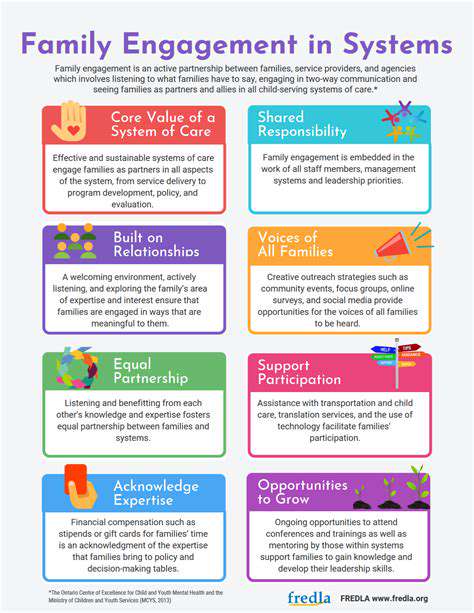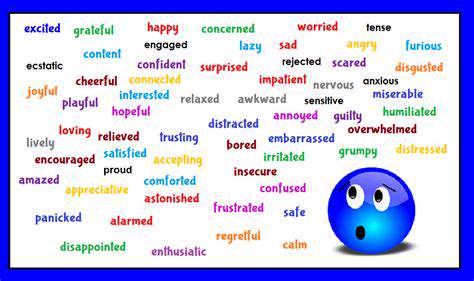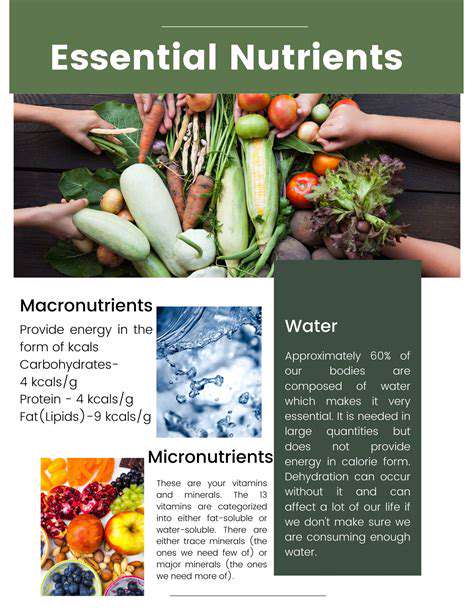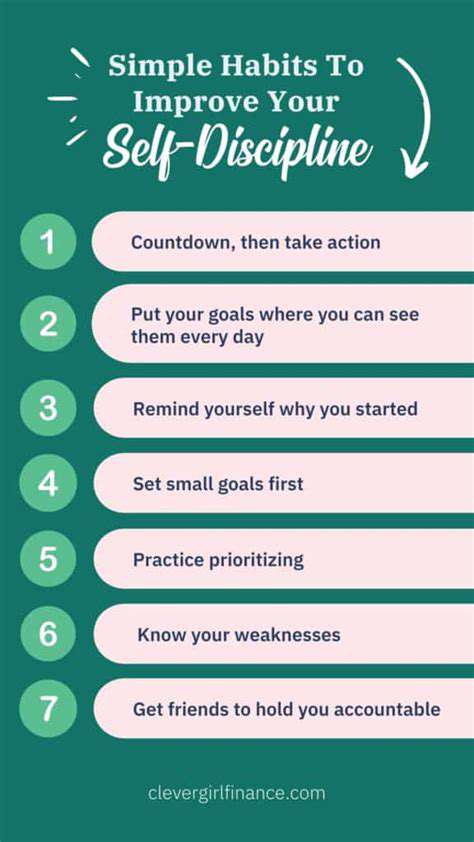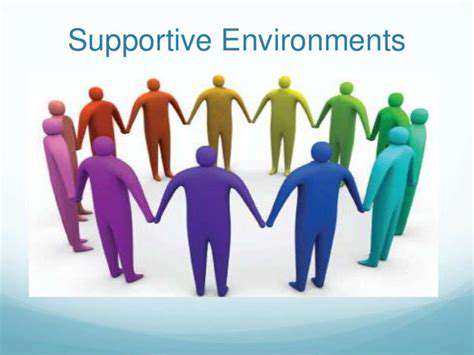Encouraging Gratitude and Empathy in Day to Day Interactions
The Psychological Benefits of Recognition
Neuroscience reveals that receiving thanks triggers dopamine release, creating a biological reward system for kindness. The giver experiences similar effects - a phenomenon called helper's high. This biochemical exchange forms invisible bonds, creating social ecosystems where compassion becomes self-reinforcing. When communities prioritize recognition, they build emotional immunity against isolation and despair.
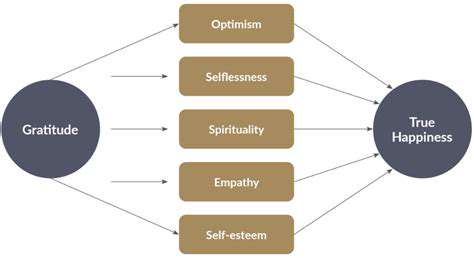
Practical Strategies for Fostering Gratitude
Cultivating a Mindset of Appreciation
Developing gratitude resembles learning a new language - it begins awkwardly but becomes fluent with practice. Carry a gratitude stone in your pocket (a tactile reminder to notice blessings), or play Three Good Things at dinner where each family member shares positive moments. These rituals train our attention like a spotlight, illuminating what we often overlook.
The Power of Acknowledgment
Effective recognition follows the SBI model: Situation (Last Tuesday's meeting), Behavior (when you redirected the conversation), Impact (it helped us reach consensus). This specificity makes praise meaningful rather than perfunctory. Try the 5:1 ratio - for every critical comment, offer five genuine affirmations.
Practical Application in Daily Life
Integrate micro-moments of gratitude: text a friend This reminded me of you, leave sticky notes of appreciation on bathroom mirrors, or practice gratitude eavesdropping - mentally thanking people you observe being kind to others. These practices create neural pathways that make thankfulness second nature.
Gratitude and Empathy: A Connected Approach
The gratitude-empathy loop works like this: Noticing kindness → Feeling thankful → Recognizing others' efforts → Increased compassion → More kindness generated. It's the social equivalent of photosynthesis - transforming simple interactions into emotional nourishment for entire communities.
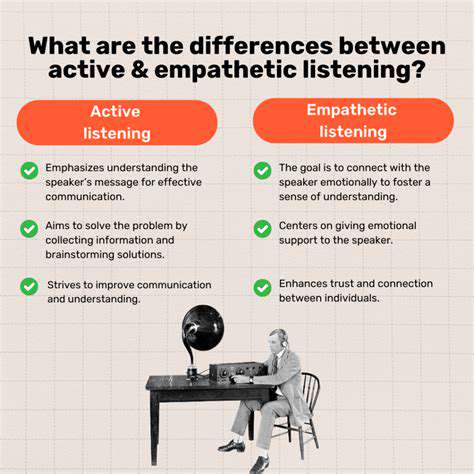
The Importance of Self-Compassion in the Journey
Understanding Self-Compassion
Self-compassion means becoming our own ally rather than critic. Picture treating yourself as you would a nervous beginner - with patience and gentle correction. Research shows self-compassionate people demonstrate greater resilience, making them 31% more likely to persist after failures (Journal of Personality).
Recognizing Your Inner Critic
That voice saying You should have done better often mimics childhood authority figures. Try naming yours (Ah, there's Judge Judy again) to create psychological distance. Ask: Would I speak this way to someone I love? The discrepancy reveals how unfairly we often treat ourselves.
Practicing Self-Kindness
Develop a self-compassion mantra: This is hard right now. All humans struggle. May I be kind to myself. Place hands over your heart while speaking - the physical gesture releases oxytocin, counteracting stress hormones. Treat setbacks like scientific experiments: What did this teach me? rather than Why did I fail?
Connecting with Your Inner Wisdom
Create a compassionate alter-ego - an imagined version of yourself brimming with wisdom. When struggling, ask: What would Wise Me do? This mental trick accesses our latent resilience while bypassing the critical ego.
The Role of Empathy in Self-Compassion
View your struggles through a historian's lens: This difficulty makes sense given my circumstances. This depersonalizes suffering, helping us see challenges as part of the human condition rather than personal flaws.
Gratitude and Self-Compassion: A Powerful Duo
Keep a growth gratitude journal - instead of just listing blessings, note how challenges strengthened you (Thank you for the patience I developed during that difficult project). This reframes struggles as teachers rather than tormentors.
The Impact on Relationships
Self-compassion acts as an emotional filter - when we stop judging ourselves harshly, we become 42% less likely to judge others (Journal of Social Psychology). It's the ultimate win-win: kindness inward begets kindness outward, creating virtuous cycles that elevate entire communities.
